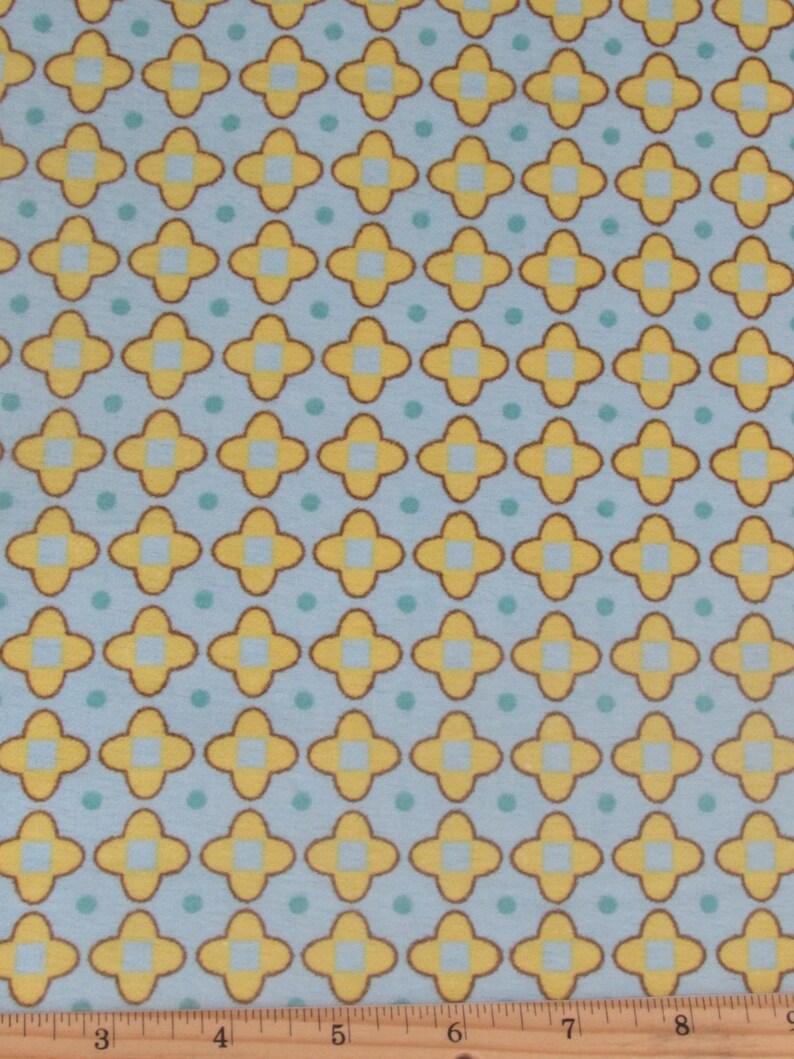

A long metal ruler comes in handy with floor work. You'd have to make sure it's square before proceeding, however. Another alternative is to draw a grid on a tablecloth or sheet and put it down before starting. The cardboard cutting surface already has one. If your quilt is too large for your design wall, you can use the same techniques by pinning into your carpet, a heavy rug, or a cardboard cutting board (like the ones sold in fabric stores.) Again, your job will be easier with a predrawn grid.

The two white pin heads are securing pins, which are angled away from the interior. You can see this in the photo below right. While holding it in place, put two securing pins in place. Now, pull the quilt until it just touches the marking pin. (See photo below, at left.) Add marking pins everyģ-6". Next, use marking pins to mark the correct measurement for one of the sides. This will require a good bit of pulling and several pins. Pull the quilt toward the bottom corners and pin in place.

You might even want to keep it in place for future blocking.) (A variation is to use blue painters tape instead of marker pins. You should now have the top edge pinned, and the bottom corners clearly marked with colored pins.

Transfer these measurements to the bottom corners, and mark with marker pins. (I use pins with different colors for these marking pins.)īecause the left and right measurements of the bottom two corners will match those of the top edge, these have already been determined. Put a few marker pins in place to mark this. Measure the position of these two corners from the bottom of the design wall (or the nearest drawn line.) Average these measurements and use it as the measurement/line for the bottom edge. Next, firmly pull the bottom corners down and out. I insert my pins right where the binding meets the body of the quilt, angling them away from the interior. Since this is the easiest side of the pinning, start with a long side. Be sure to put some tension left to right, but don't wear yourself out. Starting at the top, use your securing pins to pin the quilt along a horizontal line, stretching it left and right as you go. If your wall is not gridded, you'll need to take measurements from the edge, use a laser leve l, etc. It's much easier toīlock quilts on a design wall, ra ther than the floor. (See resources at the end of this article.) For now, I'll tell you about my current process, which utilizes myĭesign wall, with its subtle grid. Her ideas cut down on the measuring, so I'll definitely be trying some of them myself. She uses a laser level and the long plastic panels that are meant to be the vanes of vertical blinds. You can add one of these to your design wall, however, you'll need to spend a good bit of time ensuring that each line is perfectly straight and square. There are gridded versions of flannel and interfacing, as well as gridded fabrics like gingham. (This is so handy I almost want to tell you to take your design wall apart and redo it!) Barring that, there are a few variations you might try. This shadows through just enough for me to reference it. Using a permanent marker, I drew a large grid on the insulation board before covering it with white flannel. My design wall works quite well for this. This is where some sort of predrawn grid comes in extremely handy. You may find two colors helpful.Īll of this is only valuable if you can measure accurately and ensure the squareness of the blocked quilt. A way to ensure long straight lines - laser level, metal yardstick, or a grid drawn on your pinnable surface. The process involves stretching and pinning the quilt, then steaming it and allowing it to dry.įlat pinnable surface - design wall, carpeted floor, or cardboard cutting board (like the ones sold in fabric stores.) It only works on natural fibers, so the use of cotton or wool batting is required. Blocking is a method of reshaping textile items.


 0 kommentar(er)
0 kommentar(er)
